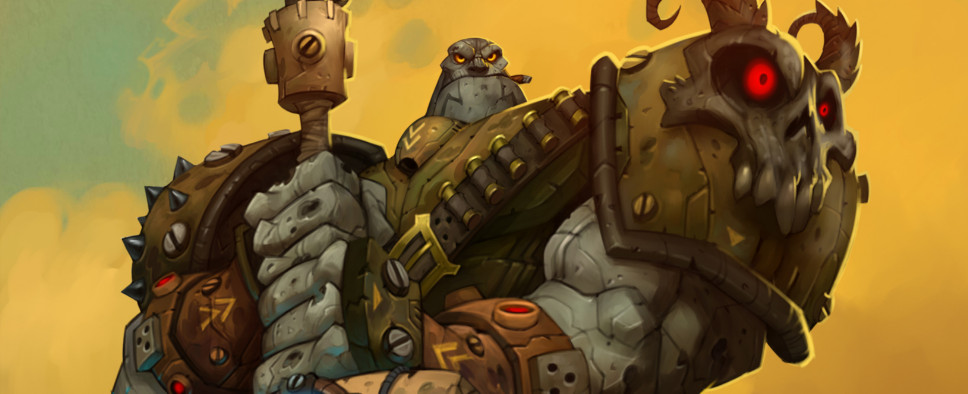WildStar Preview and Editorial
-
Category: News ArchiveHits: 1637

Another WildStar hands-on preview is now available, courtesy of PC Gamer, which seems to think the game's combat isn't as similar to World of Warcraft's as we might have thought. Here's a snippet:
Combat relies heavily on positioning and twitch skill, reminding me more of League of Legends or Dota than World of Warcraft despite sharing the latter's action bar, and many of its designers. The Medic class '˜paints' areas of healing, damage and debuff onto the battlefield, while assigning drones to apply further effects to specific targets. These AoEs are represented by huge coloured squares and cones that keep players' eyes on the action, rather than on their cooldowns.
Defeated monsters explode in a shower of chunky coins and crates of loot that are hoovered up into the inventory with a single button-press. Kill enough enemies and you trigger a timed challenge to defeat more: beat that and you get an additional reward from a roulette wheel of options. In the nine months since I first played the game these systems have started to cohere Carbine's art direction has resulted in some beautiful sci-fi landscapes into an experience that combines the compulsiveness of a mobile game with the long-term draw of a persistent world.
Furthermore, Gamasutra has a really good piece from game design producer Stephan Frost about the practices Carbine has adopted to develop content on time. Except ahead:
Establishing Content System Types
Wildstar is packed to the brim with content. We wanted to make sure that the leveling process wasn't just the same (kill 10 rats quests) that are abundant in other MMO's, so we made various types of Content Systems to interact with while playing the game. Initially we prototyped these different types of content, then refined them, and ultimately systemized them. What that means, is creating templates/editors in game that can allow faster implementation of content. Although that sounds neat and organized, it really stemmed from late night passion projects, bribing programmers, arguing, and horse-trading with artists to get extra assets. Here are some examples of these content types in their most basic form:
Quests NPC's ask the player to kill something in the world, deliver a message to another character, interact with items, or collect items and bring them back to the Quest Giver.
Paths Content geared toward player styles. (Based on the Bartle types) Soldiers, Scientists, Settlers and Explorers all had content systems created to help create Paths, faster. (Want to learn more about Paths? Watch this Dev Speak video narrated by yours truly!)
Challenges Time based content that rewards the player based on their ability to complete content within a certain amount of time. (Can you disarm 20 mines in two minutes?)
The Importance of Training
When working on a massive project like an MMO, it is imperative that new employees learn systems and processes. This may sound obvious, but I've worked at four video game development companies, and Carbine is the first development studio to have an informative training regimen for new hires. At the insistence of the Design Director and one of our senior designers we were able to setup a training program. JIRA navigation, proprietary software, game design practices and lore are taught to new designers to get them up-to-speed. This training time is also mapped out in the schedule when they start, so we can allow them to learn and set production expectations when they finish their training. The training also needs to be updated when systems change, so we have one person that we charge with upkeep of said program.

